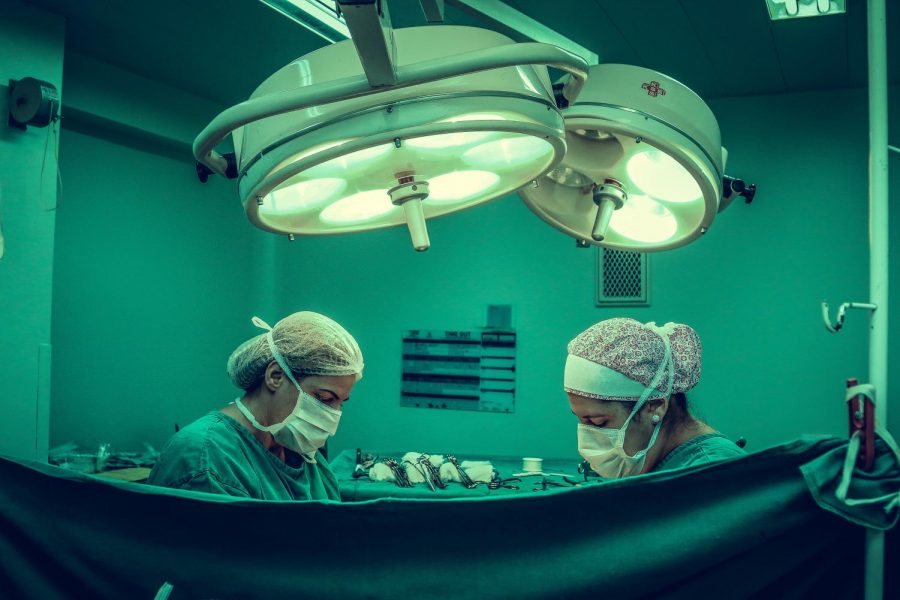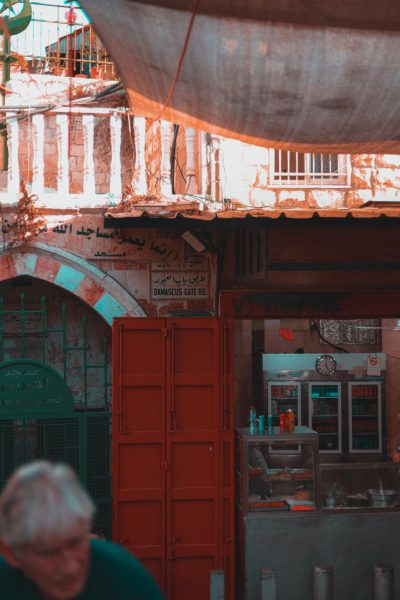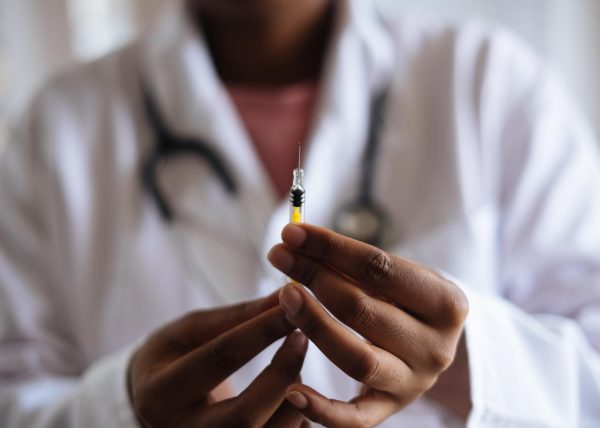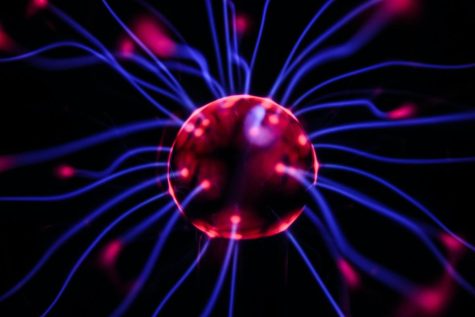Organ Regrowth and the Future of Medicine
One thing all surgeons wish they could do is regrow organs. It would make their jobs so much easier if they could just grow someone a new lung instead of waiting for a transplant. An organ that was grown could be made with the patient’s DNA, which would reduce the risk of the organ being rejected.
One salamander, whose only native habitat is a lake near Mexico City, is known for being able to do just this. The Axolotl can regrow just about any body part. They can even regenerate half of their brain. “It’s hard to find a body part they can’t regenerate,” said Randal Voss, a professor at the University of Kentucky Spinal Cord and Brain Injury Research Center.
Even though the Axolotl is a salamander, it shares many genes with humans. However, its genome is about ten times larger than the human genome, making scientists marvel at how all of that genetic material fits into just 14 chromosomes.
Recently, researchers have been able to map the axolotl’s genome. They are hoping that they will be able to single out the genes that are involved in regeneration. The wish is that someday this research can be translated to human therapy. They are hoping it will help humans fix injuries that we are currently unable to treat.














